Narayan Lal Gurjar is a young innovator from rural Rajasthan whose work has global impact.
‘COVID 19 was a pandemic where nobody died of starvation in India. That was a remarkable achievement. That’s the real success of Green Revolution.’
 TR Vivek
TR Vivek  Aarthi Ramachandran
Aarthi Ramachandran 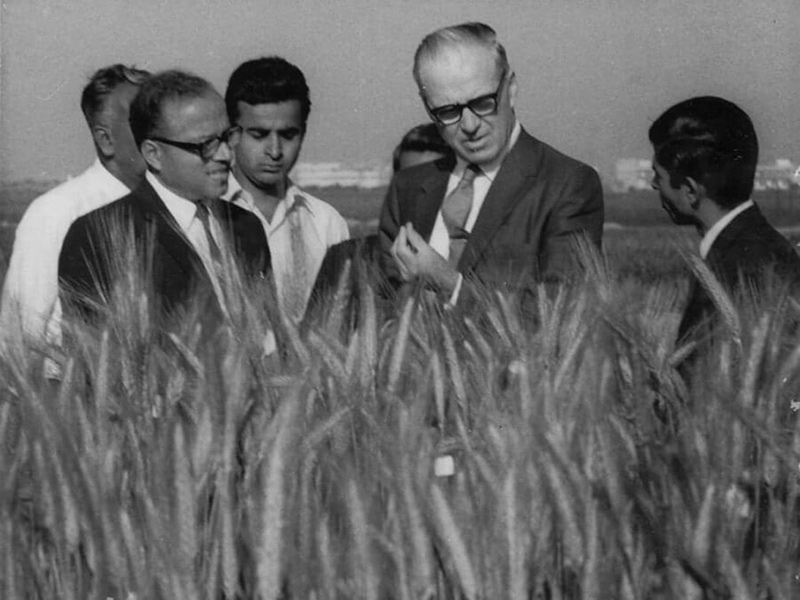
Any conversation about food and agriculture or even India’s history since Independence would be incomplete without looking at the Green Revolution. The Green Revolution led to a massive jump in food production, making a poor nation self-sufficient in foodgrains. For that reason alone the Green Revolution could be put right at the top of events that shaped modern India.
For a historical perspective, and an understanding of the conditions before the Green Revolution, and its gains, TR Vivek and Aarthi Ramachandran spoke to Harish Damodaran, National Rural Affairs and Agriculture Editor at The Indian Express and Senior Visiting Fellow, Center for Policy Research, New Delhi.
In 1965-66 and 1966-67 India faced back-to-back droughts. Our food grain production fell to something like 72-74 million tonnes. Earlier it was about 80-82 million tonnes, and in 1966-67 alone, India imported about 10 million tonnes of foodgrains. It was basically a ship-to-mouth existence.
The Green Revolution was centered around two crops, wheat and rice. It basically involved changing the plant architecture [of these crops]. What scientists did was to breed, what they called, a ‘new plant type’: semi-dwarf plants [that would yield more grain.] This was done by way of an international collaboration.
Until about 1966-67, our wheat production was hardly 10-12 million tonnes. When Green Revolution was launched, the production touched 16.5 million tonnes, and by 1969-72 it had crossed 20 million tonnes. It was a remarkable international collaboration between the Rockefeller Foundation, Indian Agricultural Research Institute (IARI), Dr Orville Vogel, Dr Norman Borlaug and Dr MS Swaminathan . The same strategy was also followed for rice, and the initiative came from the International Rice Research Institute (IRRI) in The Philippines.
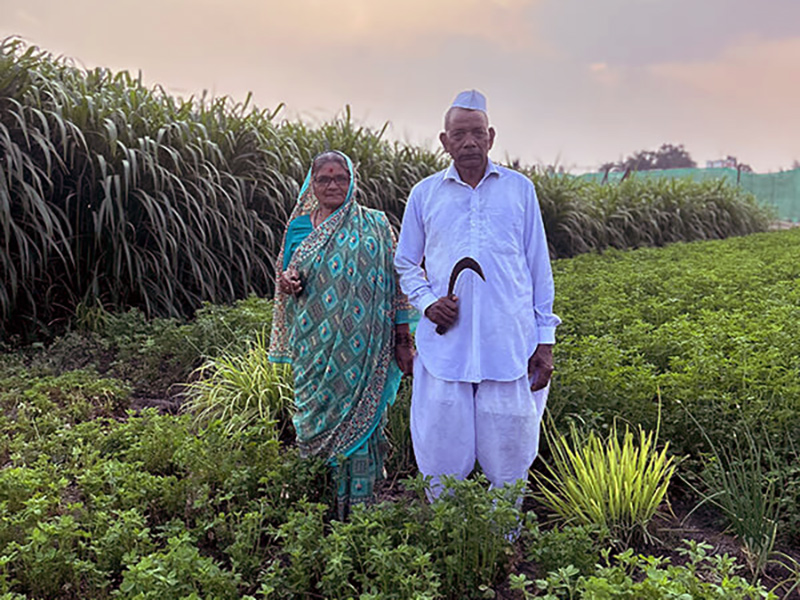
The scientists and planners first introduced the Green Revolution varieties in Punjab and Haryana. These two states had plenty of water, good land, and progressive farmers. Our ship-to-mouth status meant time was running out. So instead of introducing them in say, Madhya Pradesh or Eastern UP, they chose Punjab and Haryana for quick results.
The second thing which the government did was the setting up of the Food Corporation of India (FCI) and announcing a minimum support price (MSP). The other very important thing which had happened in the 1950s itself was we had created agricultural universities, like the Punjab Agricultural University. So these were collaborations; US scientists came and they helped set up these universities. Also during this time, fertiliser plants came up. So I think we invested in the entire ecosystem.
If you look at our foodgrain production in the 1960s, it was about 80 to 82 million tonnes. Today we are at 300 million tonnes. These are the remarkable achievements.
COVID 19 was an unprecedented pandemic where nobody died of starvation. That came only because of the Green Revolution. Of course, vaccines were celebrated, but for me, the real success story was the free rice and wheat distributed to 800 million people. So I think the Green Revolution’s real moment came in 2020 and 2021.
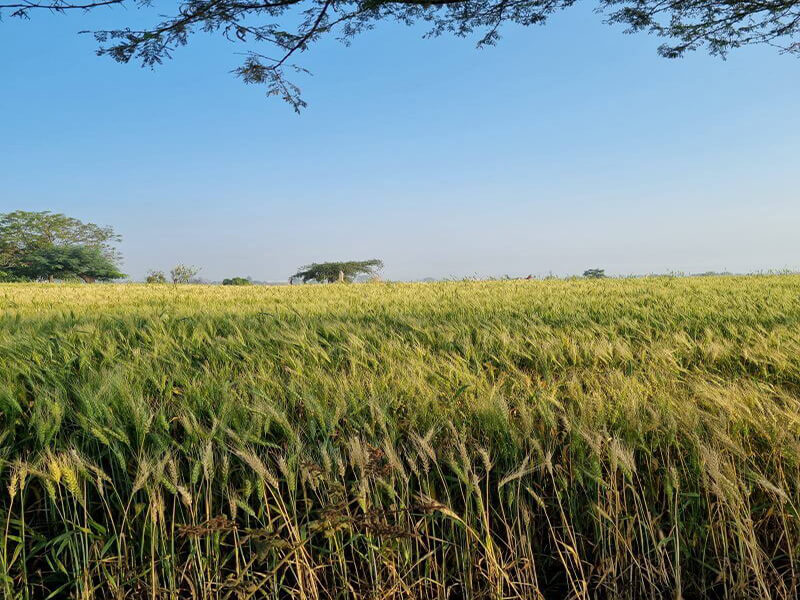
I’m not sure how much of this was a result of the Green Revolution. There’s no doubt that higher yields and increased farm income produced a middle peasantry. I wouldn’t say that it produced very rich peasants, but basically it produced a new middle class, a new rural middle class.
Also, overtime, it spread to the other states. So I think this is a little exaggerated to say it only benefitted the rich farmers. I don’t think there were any social conflicts because of the Green Revolution. I think the Green Revolution had problems more with, maybe, the environmental effects.
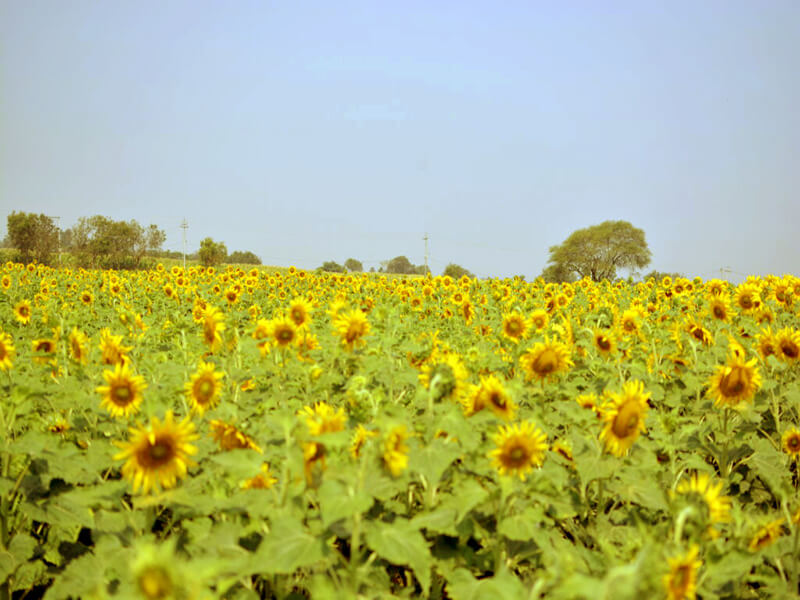
The strategy in Green Revolution 1.0 was about making crops more responsive to fertiliser and water application. Green Revolution 2.0 may actually be about more efficient use of resources. How do you produce more on the same land with less fertiliser and less water?
We shouldn’t rubbish Green Revolution 1.0. We need to continue to trust science. I think that is the most important thing. I’m a little afraid of this entire discourse rubbishing the Green Revolution—that it ignored nutrition, only increased food production. At the end of the day we have improved our life expectancy. Mortality has come down. We need a more constructive debate on how to improve yields using less. We need constructive not cynical engagement.
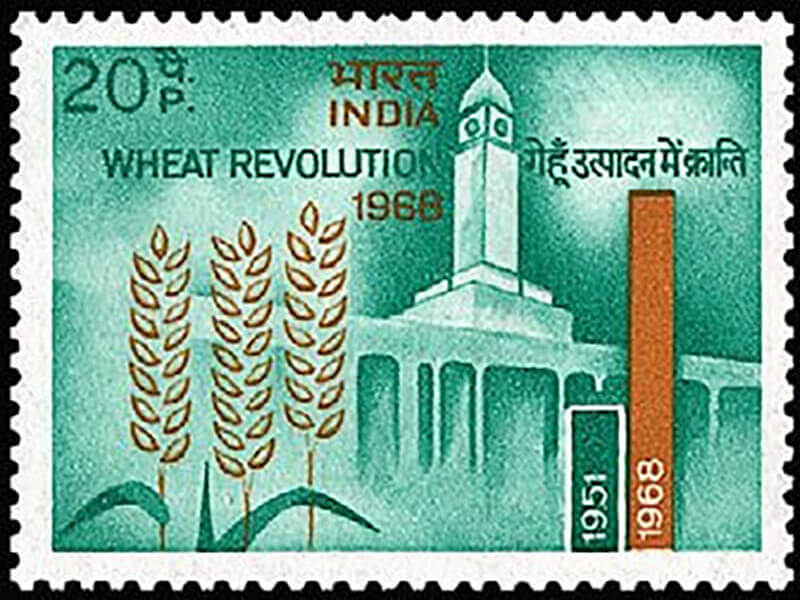
Definitely, why not? But we need to pick winners. I think there’s more potential in bajra, ragi and jowar than in other small millets. We should focus on states that would be ready to do this. For example, Orissa has a millet mission and they are focusing more on ragi. So you can have Karnataka and Odisha for ragi, you can have Haryana and Rajasthan focussing on bajra, and Maharashtra, jowar. Millet farmers should be given minimum support price and procurement support.
It would be viable to distribute millet-based food through the mid-day meal scheme rather than the public distribution system. We have 25 crore school children and 15 lakh schools. That is a huge market. I think the mid-day meals programme has a lot of scope and can address what Green Revolution 1.0 did not do—the question of nutrition.

I don’t think there’s any competition in politics today. The ruling party today is as strong as the Congress was in the 1960s and 70s. I don’t think there are any political impediments, but definitely we need good agriculture ministers. We really need a minister for farmers, who would first think of farmers. Ultimately the producer is the consumer’s best friend. We should be able to strengthen the producer.
You Guys are doing Great Job, Continue Inspiring….